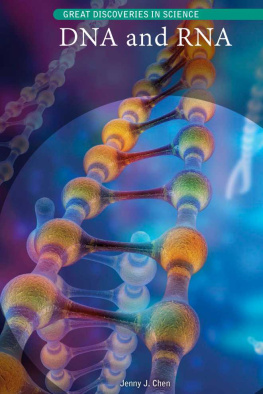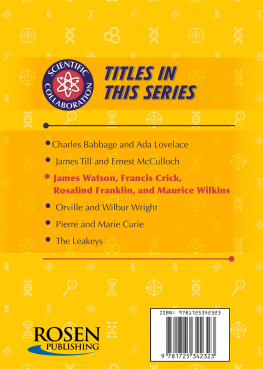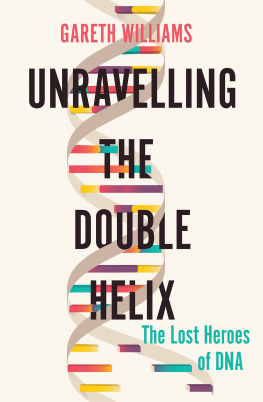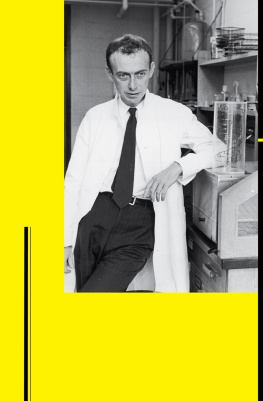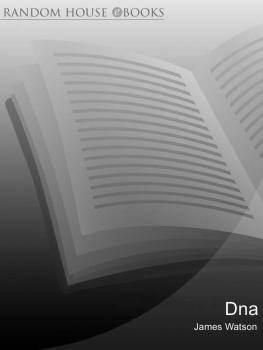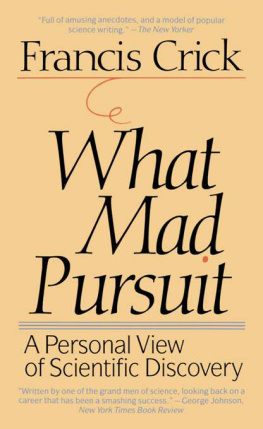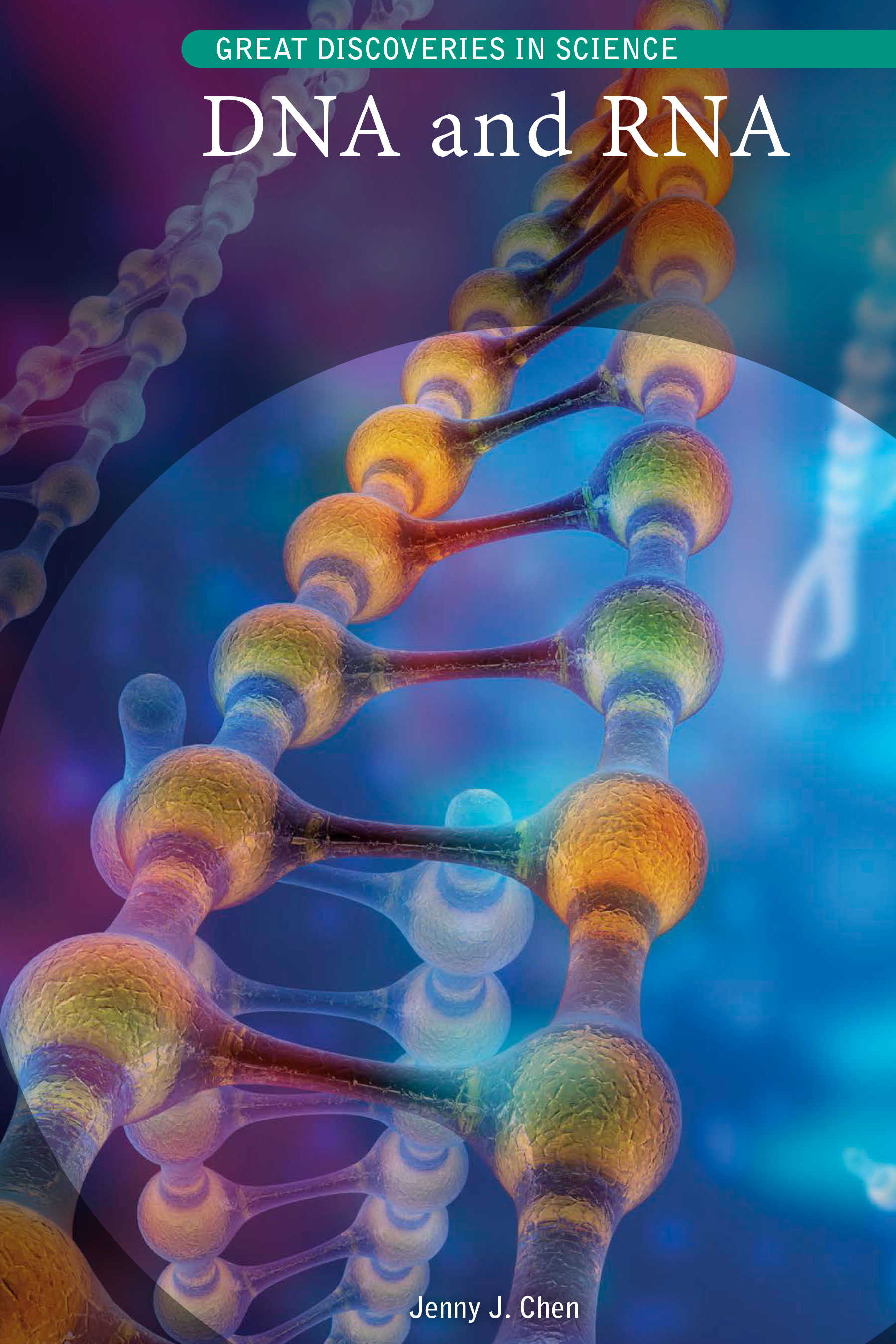Published in 2017 by Cavendish Square Publishing, LLC
243 5th Avenue, Suite 136, New York, NY 10016
Copyright 2017 by Cavendish Square Publishing, LLC First Edition
No part of this publication may be reproduced, stored in a retrieval system, or transmitted in any form or by any meanselectronic, mechanical, photocopying, recording, or otherwisewithout the prior permission of the copyright owner. Request for permission should be addressed to Permissions, Cavendish Square Publishing, 243 5th Avenue, Suite 136, New York, NY 10016.
Tel (877) 980-4450; fax (877) 980-4454.
Website: cavendishsq.com
This publication represents the opinions and views of the author based on his or her personal experience, knowledge, and research. The information in this book serves as a general guide only. The author and publisher have used their best efforts in preparing this book and disclaim liability rising directly or indirectly from the use and application of this book.
CPSIA Compliance Information: Batch #CS16CSQ
All websites were available and accurate when this book was sent to press.
Library of Congress Cataloging-in-Publication Data
Names: Chen, Jenny J.
Title: DNA and RNA / Jenny J. Chen.
Description: New York : Cavendish Square Publishing, [2017] |
Series: Great discoveries in science | Includes bibliographical references and index. Identifiers: LCCN 2016006889 (print) | LCCN 2016012678 (ebook) |
ISBN 9781502619556 (library bound) | ISBN 9781502619563 (ebook) Subjects: LCSH: DNA. | RNA. | Genetics.
Classification: LCC QP624 .C54 2017 (print) |
LCC QP624 (ebook) | D DC 572.8/6--dc23
LC record available at http://lccn.loc.gov/2016006889
Editorial Director: David McNamara Editor: Caitlyn Paley Copy Editor: Michele Suchomel-Casey Art Director: Jeffrey Talbot Designer: Joseph Macri Production Assistant: Karol Szymczuk Photo Research: J8 Media
The photographs in this book are used by permission and through the courtesy of: Andrii Vodolazhskyi/ Shutterstock.com, cover; SEBASTIAN KAULITZKI/Science Photo Library/Getty Images, 4; Jastrow/Ludovisi Collection/File:Aristotle Altemps Inv8575.jpg/Wikimedia Commons, 8; The Print Collector/Print Collector/ Getty Images, 11; Capreola/Shutterstock.com, 15; wellcome trust/File:Johann Friedrich Miescher. Photograph.
Wellcome V0026860.jpg/Wikimedia Commons, 17; NoPainNoGain/Shutterstock.com, 21; Science Source/ Getty Images, 26; Unknown/File:Levene.jpg/Wikimedia Commons, 32; JWSchmidt/File:Tetranucleotide.JPG/ Wikimedia Commons, 33; Horst Tappe/Getty Images, 36; Time Life Pictures/Mansell/The LIFE Picture Collection/ Getty Images, 41; George Silk/The LIFE Picture Collection/Getty Images, 46; DANIEL MORDZINSKI/AFP/ Getty Images, 48; Everett Collection Historical/Alamy Stock Photo, 44; AP Photo/Alastair Grant, 51; NLM/ Science Source/Getty Images, 53; Randy Leffingwell/Los Angeles Times via Getty Images, 61; Science Source/Getty Images, 64; E. O. Hoppe/Mansell/The LIFE Picture Collection/Getty Images, 66; Don Cravens/The LIFE Images Collection/Getty Images, 71; Everett Collection Historical/Alamy Stock Photo, 75; LAGUNA DESIGN/Science Photo Library/Getty Images, 82; Mondadori Portfolio/Getty Images, 85; Gio.tto/Shutterstock.com, 88; Jarrod Erbe/ Shutterstock.com, 91; ZUMA Press, Inc./Alamy Stock Photo, 95; Keith Weller, U.S. Department of Agriculture/ File:Genetically modified corn.jpg/Wikimedia Commons, 101; Prachatai/salmon aquabounty/flickr, 103.
Printed in the United States of America
Contents


Y ouve probably heard about the discovery of DNA before. Youve probably heard of Watson and Crick, the two scientists working in England who solved the mystery of the double helix. You might imagine two scientists sitting in a musty basement, scratching out boring mathematical problems to the rhythm of a clock on the wall. But the story of DNA is much more interesting than that. It involved some of the most brilliant people of the century. Yet their stories are so human, at times you might feel that you recognize them in people you know and even in yourself. Perhaps you will be intrigued by Linus Pauling, a scientist so famous at the time that he might as well have been a superstar. Perhaps you will come to know and love Rosalind Franklin, the largely misunderstood brilliant physicist who is often overlooked in the story of DNA. Maybe youll be touched by the story of Maurice Wilkins, the physicist so disgusted by his work with the atom bomb that he vowed to study the science of life and never again the science of death.
You will be struck by the tale of something so incredible and mind-blowing yet dear and close to our lives. After all, the race to discover DNA was unlike anything in history. It would finally give scientists a clue as to what makes up the fabric of life. It asked and answered the question of who we really are and what we are made of. The story of DNA is everywhere around us. Its in the food that we eat, in our restaurants, in the supermarkets, and in our farms. It has helped us save lives and understand diseases like sickle-cell anemia. From cloning to eugenics, DNA is at the heart of it all.
Our story begins in ancient Greece, a time when people still thought the sun revolved around Earth. They took some early stabs at how inheritance workedsome people thought that only men passed on their genetic information. Others thought that people started out fully formed out of nowhere.
We then travel to Germany, where a humble monk (who didnt really plan to be a monk but became one so he could get the education) named Gregor Mendel carefully studied pea plants to see how they passed on their traits. Mendel was able to start answering the questions: What traits from each parent get passed on? Why do some traits seem to skip a generation?
Elsewhere in a gloomy isolated castle in Tubingen, Germany, we will then meet Friedrich Miescher, who isolated a substance nobody had ever seen before. That substance would later turn out to contain the code for living things, but he didnt know it at the time. We then move through a slew of other German scientists, including Walther Flemming and Oskar Hertwig, who discovered how cells divide and replicate themselves.
Our story will then take us to Great Britain, home to scientists like Sir William Lawrence Bragg and William Astbury, who would pioneer the use of X-rays to look at tiny particles. By this time, interest in DNA had spread all over the world. Scientists like Phoebus Levene in Russia would begin breaking down the components of DNA. Erwin Schrodinger in Austria would tackle the question of how DNA was structured through the lens of physics, and scientists in the United States would prove definitively through elegantly designed experiments that DNA was the carrier of genetic material.
But when it came to the final discovery, we return once again to Great Britain, where the race to find the structure of DNA finally came to a head with scientists James D. Watson, Francis Crick, Rosalind Franklin, and Maurice Wilkins. They were opposed only by Linus Pauling in America, regarded as the father of modern biology.

